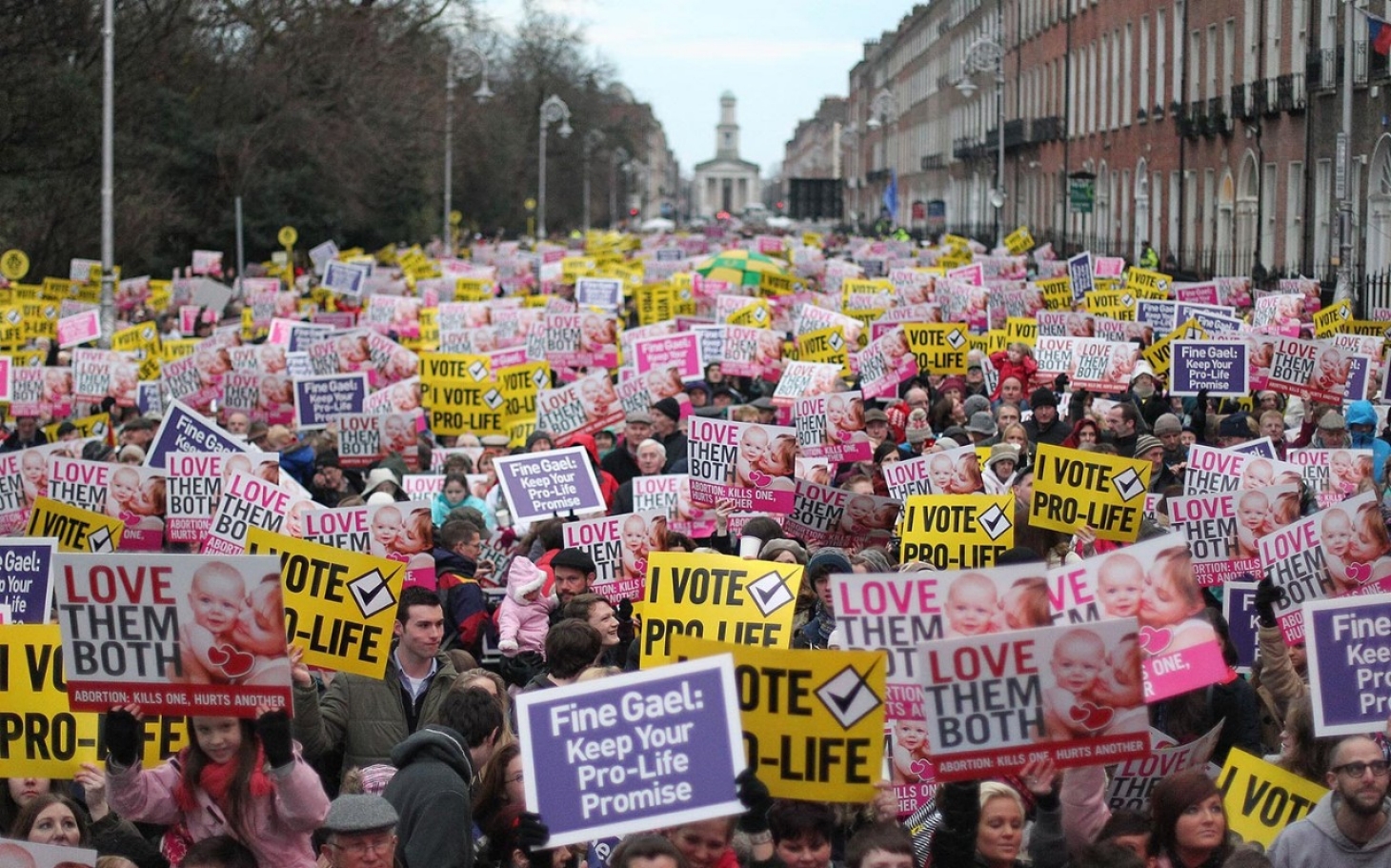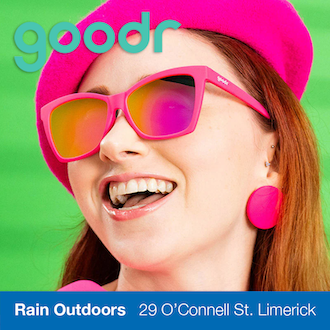

But one memory stands out: the day we were shown an anti-abortion video. The more naive among you may wonder where that figured on our curriculum. But this was 1990s Ireland and every school was run by the church, even the ones without nuns and christian brothers.
The video in question was graphic in content and sinister in tone. It featured grotesque metal instruments, ruthless, cold-hearted physicians, and the charred, twisted remains of the unborn.
Unsurprisingly it had quite an impact on my classmates and I. The word traumatised springs to mind. That was, of course, the intention. By making us watch that video, our school ensured that each and every pupil in 5A would grow up to be stoic pro-life campaigners.
Fast forward some twenty years. The scene; another place of learning. This time it’s a third-level institute, one good enough to overlook my previous academic failings and allow me entry as a mature student.
Once more the debate centres around abortion and Ireland’s laws on such.
Spared the video nasties, we are instead asked to participate in a ‘flash debate’. This involves us nailing our colours firmly to our respective masts. Those who believe abortion should be banned are asked to move to one section of the room, those who think it should be made available in certain circumstances to another, and those of the opinion that it should be the women’s choice to a third.
Automatically I move to the part of the room designated for those who think abortion should be made available in certain circumstances, such as rape, incest or fatal foetal abnormality. I’m in good company; the handful of other mature students in the room have joined me, as have most of the young men present.
Instinctively I look to the other sections. A couple of lonely souls populate the area reserved for those who believe abortion should not be legal in this country – I admire their bravery if nothing else.
Meanwhile, section three, the one housing those who believe abortion should be the choice of the carrier, is full to overcrowding. Heads peep out from six rows back, pro-choice advocates jostle for position terrified they might stray into one of the other sections. This is the majority, the overwhelming majority.
I look at their faces, their young, predominately, female faces, and realise that everything I’ve been told, everything I’ve been led to believe, has been a lie.
I am staring at the women of today, the mothers of tomorrow, the people most affected by the eighth amendment, and they are telling me in no uncertain terms that, not only do they wish to see it repealed, but they want the most liberal of legislations in its stead.
Yet theirs is a silent, dignified protest. There is condemnation of their peers, no withering looks, not even any pious jubilation; they are outlining their stance, nothing more.
Despite their humility, I at once feel embarrassed, slightly ashamed, and wholly incapable of meeting their collective gaze. The message may have been delivered in a more subtle manner but its impact is as strong as that video nasty from all those years ago.
In an instant my views changed, how could they not?
I stopped short of physically moving across the room to join their ranks, but internally I made the kind of political u-turn usually only seen during the last frantic days of a US election campaign.
In the intervening months, the Repeal the Eighth movement has gathered pace. There have been demonstrations, social media campaigns, tee shirts and petitions, personal diaries, celebrity endorsements and political lobbying. This movement will not be stopped, not until it achieves its stated aim.
And yet, aside from the harrowing stories of those forced to leave the country to have their pregnancies terminated, the whole thing has come across as being rather vulgar.
Yes, that’s right, vulgar.
I understand that this is an emotive topic, and one which elicits anger and righteousness from both sides. But due care is required here. We are not discussing whether Irish men should be allowed to marry other Irish men. Nor are we considering something as trivial as the identity of our next president.
We are talking about life and death, human life, that of mother and child.
Regardless of your view, whether pro-choice or pro-life, there is a responsibility to behave in a restrained manner. Unlike, for example, those members of our Government who turned up for a day’s work wearing tee shirts effectively promoting the eradication of unborn Irish children.
I understand the need to highlight the issue, of course I do, and I understand that these protests, marches and rallies were as reserved as they were peaceful. But this is just the beginning, this is just the campaign to trigger a referendum.
What happens when the referendum is called, as it inevitably will be?
I’ll tell you what will happen; the campaign on both sides will be ratcheted up a notch. We, the public, the voters, will be bombarded with messages, adverts and impassioned speeches from piggybacking politicians.
It will get ugly, there will be fights, arguments, full-on violence, and that’s just in the Dáil.
No-one will stop to think what it is they are actually fighting for, more concerned with the winning than the actual result. And few minds will be changed, the views of the other side inaudible above the clamour.
In an ideal world, we would be spared this needless, tiresome charade. We wouldn’t have to watch as one of the most heartbreaking decisions a person will ever have to make is reduced to a simple point-scoring exercise, a means of one-upmanship, the subject of a thousand hashtags.
But we will be, and when the votes are counted and verified, those on the winning side will celebrate rapturously, not knowing that, despite what the polls say, there can be no winners in this particular argument.

